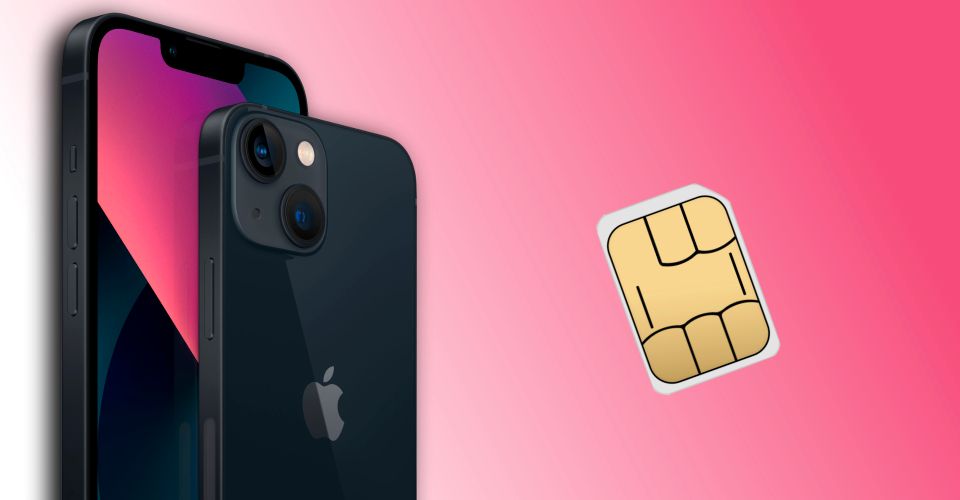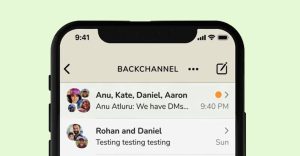Does The iPhone 13 Have A SIM Card? What You Should Know

The iPhone 13 is an excellent overall package, but it’s important to know how the phone handles SIM cards before buying Apple’s latest handset. No matter what smartphone someone buys, the way it connects to a wireless network is one of the most important aspects. For years and years, smartphones have connected to wireless carriers with physical SIM cards. More recently, however, there’s been a gradual shift towards eSIM technology — a system that integrates the functionality of a SIM card right into the phone itself.
Regarding the iPhone 13 and 13 Pro lineups, Apple delivers on almost all of the big points. High-quality displays? Check. Incredible performance? Absolutely. Reliable cameras that take excellent photos and videos? Of course. It’s no secret that the iPhone 13 series gets a lot right. But when someone does get their shiny new phone and is ready to set it up with their carrier, the process may be a little different than they anticipated.
Depending on where someone buys an iPhone 13, it may or may not come with a SIM card. If someone purchases the iPhone 13 from a carrier like AT&T, T-Mobile, or Verizon, it ships with a pre-installed SIM card just like anything else. That SIM rests inside the iPhone 13’s SIM tray and allows it to connect to the carrier’s talk, text, and data services. Should someone buy the iPhone 13 directly from Apple, things become different.
Buy An iPhone 13 From Apple? You Won’t Get A SIM Card

Let’s say someone decides to purchase their iPhone 13 directly from Apple rather than their carrier. Apple allows customers to enter their carrier info during the buying process — allowing their iPhone 13 to come out of the box with their phone number and access to their existing service. Rather than using physical SIM cards, however, all iPhone 13 models sold by Apple use eSIM tech. As Apple explains on its support site, “To activate your iPhone, turn it on, connect to a Wi-Fi network, and follow the onscreen instructions.” It’ll connect to your wireless carrier like any other smartphone. It’s only doing so without the need for a physical SIM card.
Not only does the iPhone 13’s eSIM make things a little bit simpler, but it also enables unique functionality. If someone has two numbers they want to use simultaneously on their iPhone 13, they can do that without a problem. Whether they activate two eSIMs on the iPhone or one eSIM + one physical SIM card, it’s surprisingly easy to have two numbers on the iPhone 13. This is useful for someone with work and personal numbers, or when traveling to another country and getting a temporary international plan.
In short, the question of ‘Does the iPhone 13 have a SIM card?’ has ‘yes’ and ‘no’ answers. Buy the iPhone 13 from a carrier? It’ll still come with a physical SIM card pre-installed. If someone gets the iPhone 13 directly from Apple, there is no physical SIM included. It’s an interesting difference, but since it doesn’t really impact anything in day-to-day use, it’s not something anyone should stress over at all.
Source: Apple
About The Author


















